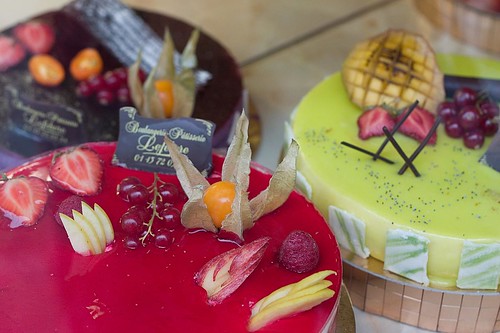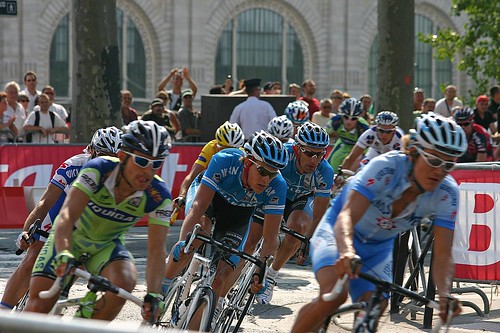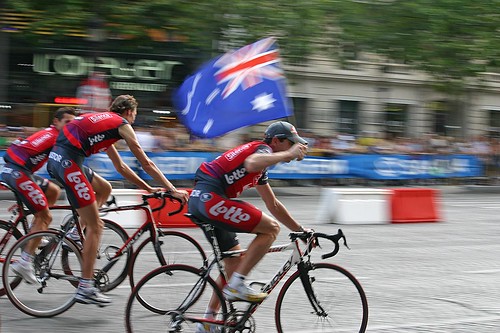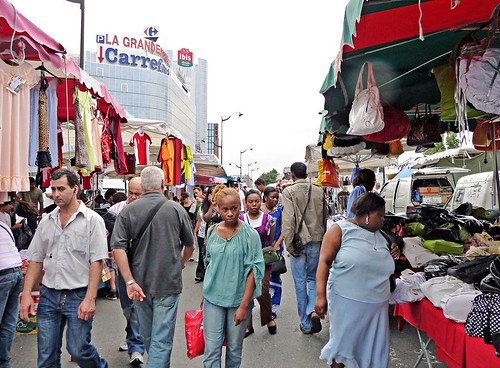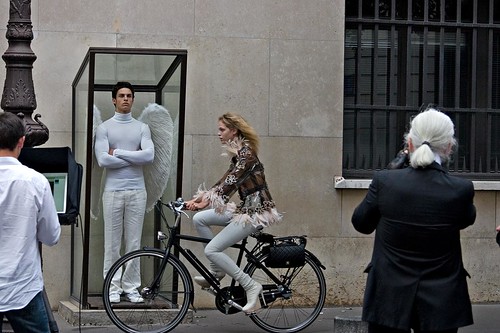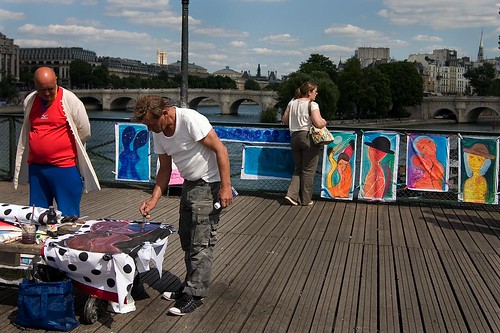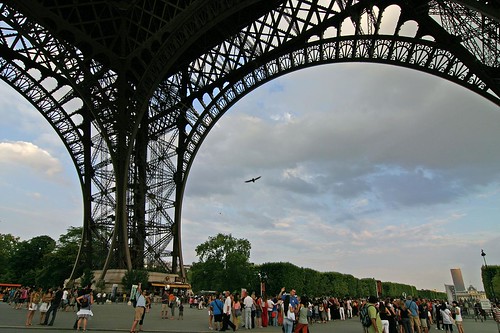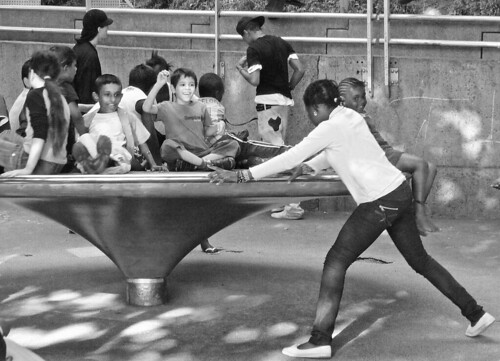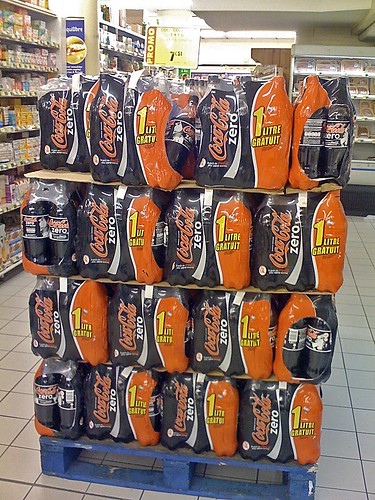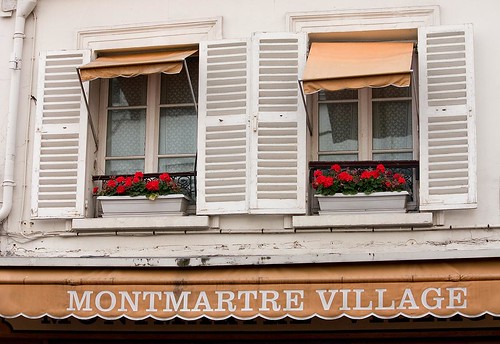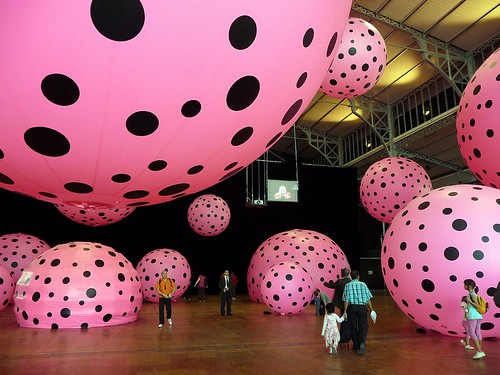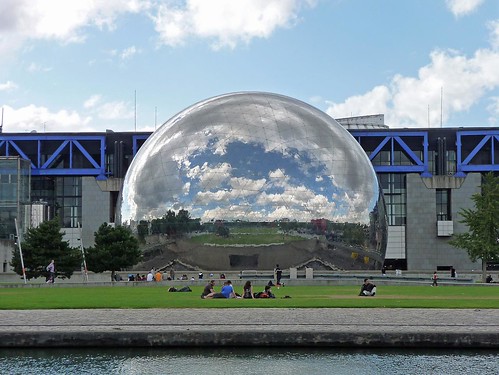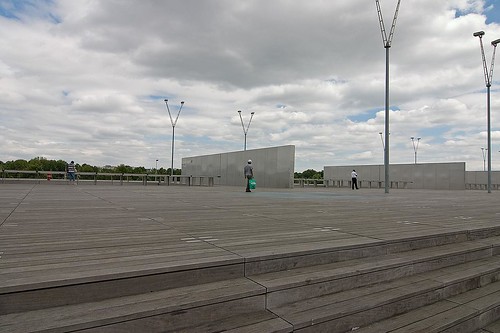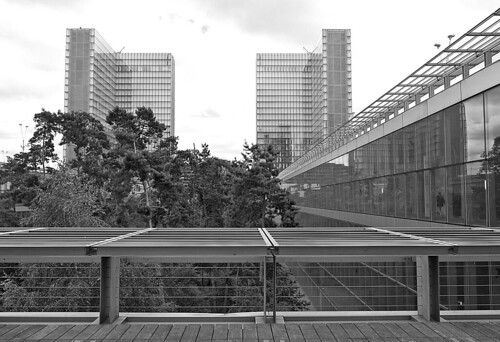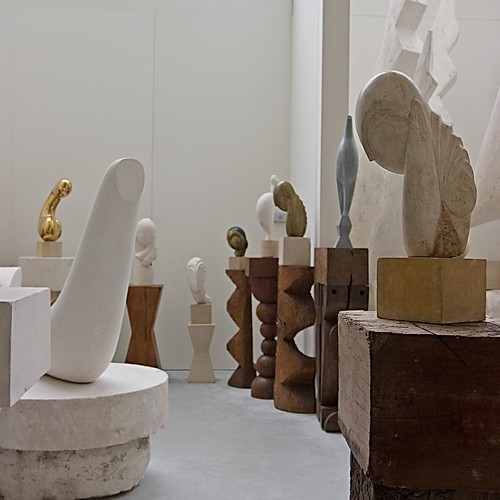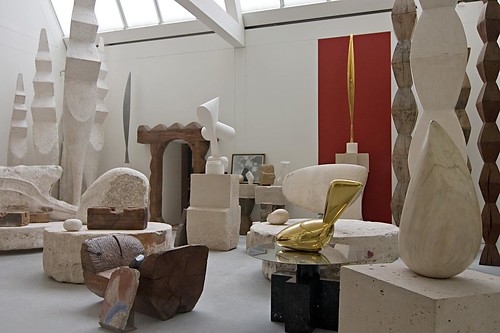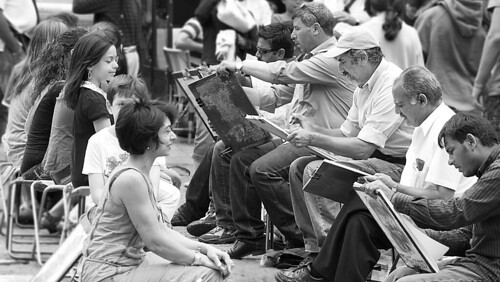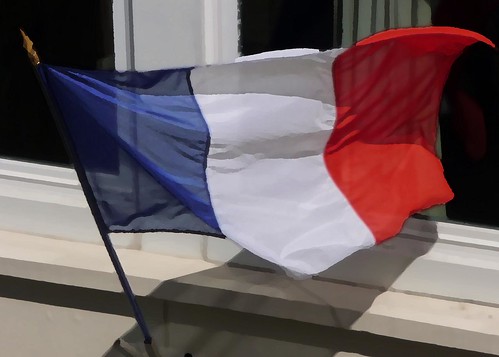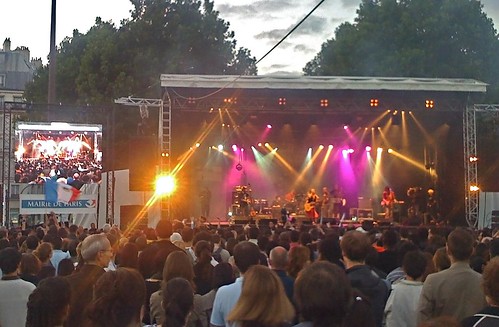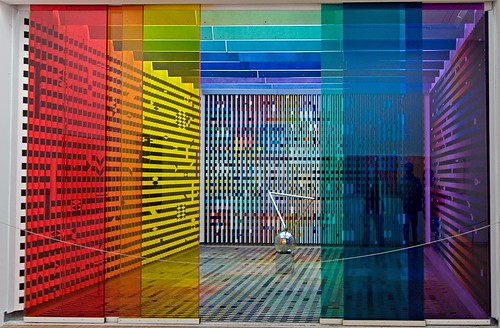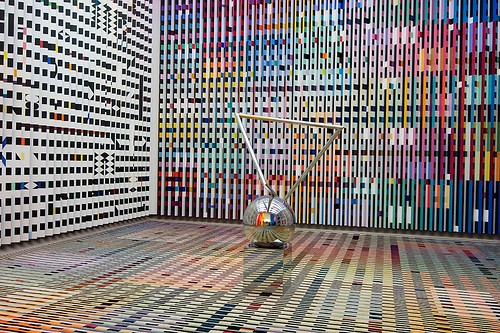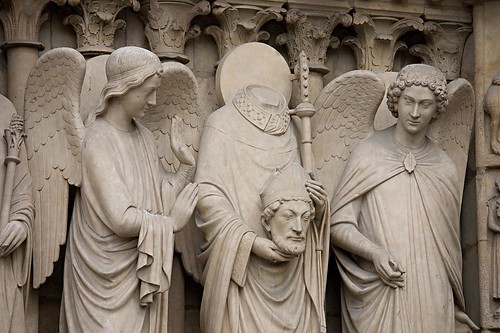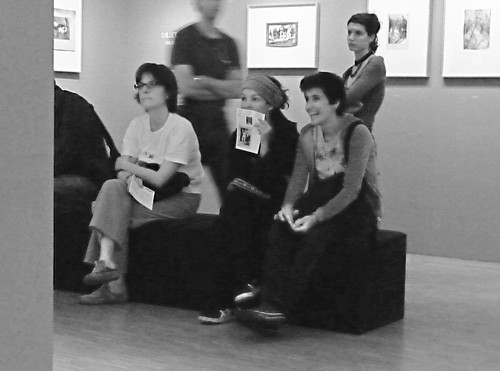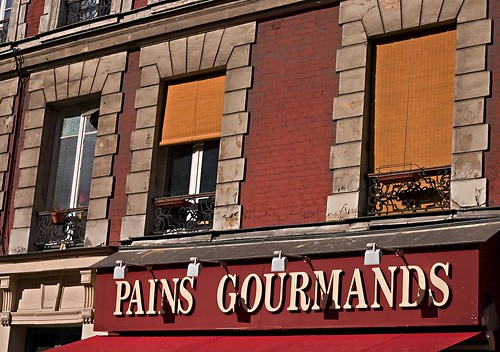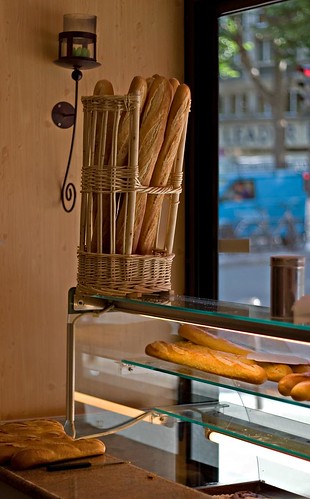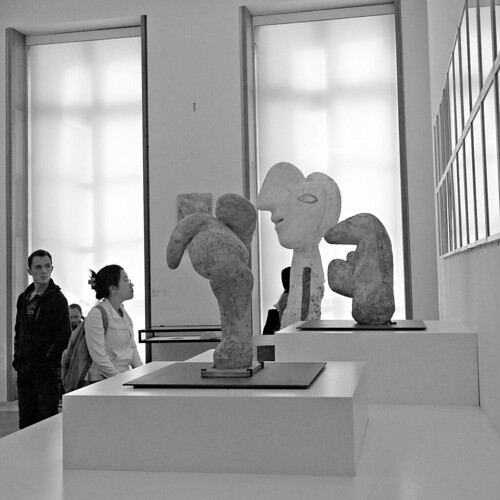
The new iPhone Apps make it easier than ever to create delightful artwork. Who needs a sketchbook?IMG_0026, originally uploaded by david_stirling.
While I was in Paris, Apple came out with the much-anticipated iPhone 2.0 update. This allows you to download third-party applications to use on your phone. For example, I now have a drawing program on my iPhone that allowed me to capture this moment at a sidewalk café. Brilliant. Obviously, it's just a matter of time before the old-fashioned sketchbook goes the way of the dinosaur.
More challenging was the matter of using the phone as an actual phone. I thought I was going to be able to buy a pre-paid French SIM card and swap it into the iPhone, and in fact for a few days I was. To do this I had to download some gray-market software and perform what's called a jailbreak on the phone, which frees it from being locked into AT&Ts service. Needless to say, Apple and AT&T frown on jailbreaking. Unfortunately, when Apple provided the 2.0 update, it killed the jailbreak, so I was only able to use the iPhone as a wifi device and not as a phone (anyone want to buy a slightly-used French SIM card with 15 Euros left on it?). But in the end that worked out mostly fine, because there are a lot of spots with free wifi throughout the city, and once I got familiar with where they are (many of the parks, museums, and municipal buildings, not to mention the occasional McDonalds) I was able to check in on e-mail, post quick blog entries taken on the phone, see if Google maps could help me figure out where the hell I was, etc.
I won't waste space here detailing my thoughts on Apple's embarrassingly-named new MobileMe service, the supposed upgrade to dot-Mac, other than to say it's a hot mess, and many other blogs out there can give you the ugly details.
